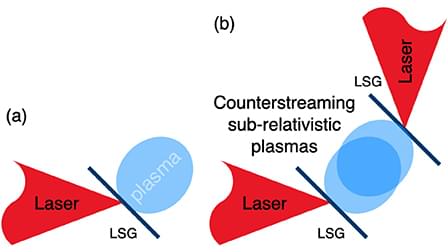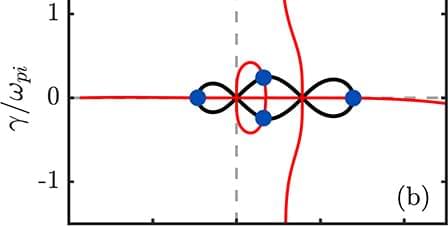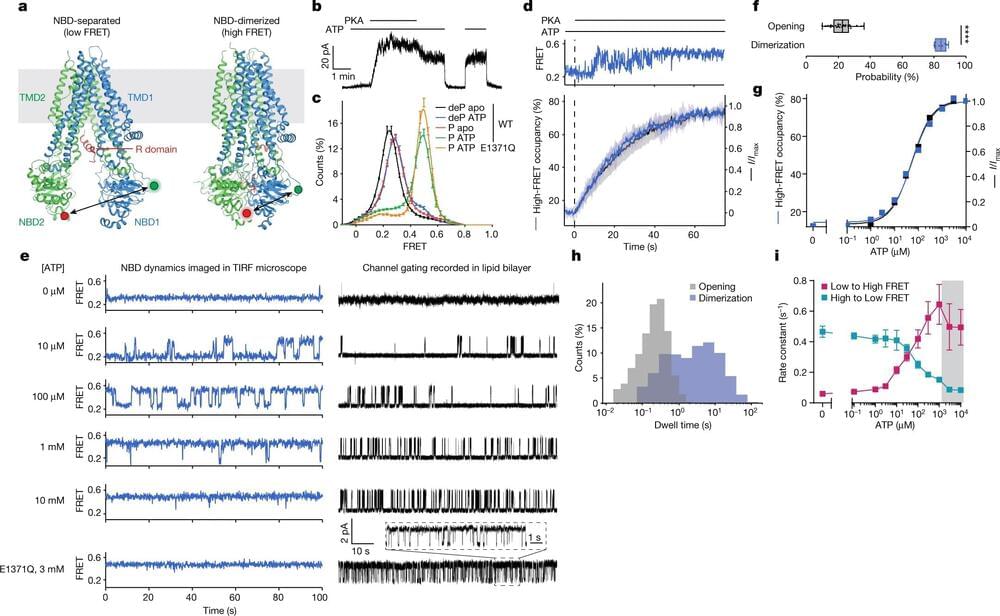The Weibel instability is investigated using relativistic intense short laser pulses. A relativistic short laser pulse can generate a sub-relativistic high-density collisionless plasma. By irradiating double parallel planar targets with two relativistic laser pulses, sub-relativistic collisionless counterstreaming plasmas are created. Since the growth rate of the Weibel instability is proportional to the plasma density and velocity, the spatial and temporal scales of the Weibel instability can be much smaller than that from nanosecond large laser facilities. Recent theoretical and numerical studies have revealed that astrophysical collisionless shocks in sub-relativistic regimes in the absence and presence of an ambient magnetic field play essential roles in cosmic ray acceleration. With experimental verification in mind, we discuss the possible experimental models on the Weibel instability with intense short laser pulses. In order to show the experimental feasibility, we perform 2D particle-in-cell simulations in the absence of an external magnetic field as the first step and discuss the optimum conditions to realize the nonlinear evolutions of the Weibel instability in laboratories.







